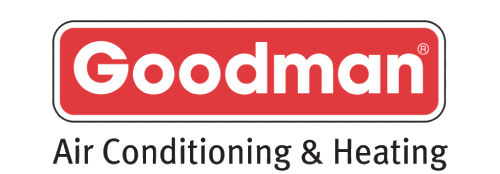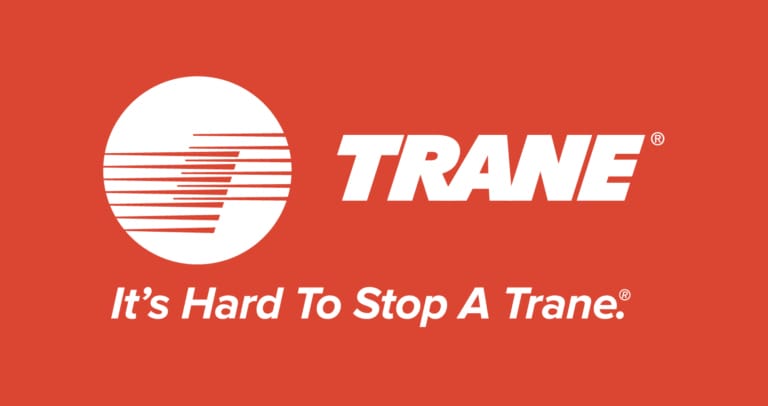The scorching heat of summer often leaves us yearning for the cool embrace of our air conditioning units. However, with the increasing global demand for energy to power these systems, there’s a pressing need for more efficient and environmentally friendly cooling technologies[1]. In the U.S., we might see air conditioning as a given, but globally, only about 1 in 10 of the 3 billion people living in the hottest regions have access to it. With rising temperatures, the energy demand for air conditioning is expected to triple by 2050[2].
Let’s explore some of the most promising innovations that are not only efficient but also eco-friendly.
Geothermal Heat Pumps: Tapping into Earth’s Natural Cool
Geothermal heat pumps, often called the “new air” of cooling systems, have been around for a while but are gaining traction in 2023 due to their remarkable efficiency. Unlike the traditional air conditioner that relies heavily on refrigerants and compressors, geothermal systems harness the Earth’s consistent underground temperature. By exchanging heat with the ground using mediums like water or antifreeze solutions, these pumps provide both heating and cooling solutions for homes[3]. If you’re interested in making the switch, you might want to consider AC repair services in Las Vegas to ensure your system is up to date.
Benefits:
- Energy-efficient: These systems use less energy than traditional ACs, reducing electricity consumption and lowering energy bills.
- Environmentally friendly: Geothermal technology is a renewable energy source, reducing carbon dioxide emissions and our carbon footprint.
- Low maintenance costs: With fewer moving parts than conventional air conditioners, there’s less wear and tear, leading to longer system lifespans and fewer repairs.
Ice-Powered Air Conditioning: A Chilly Innovation
In the quest for innovations in air conditioning, Ice Energy introduced a cooling system that’s both unique and energy-efficient.
This technology uses the cold of the night to create a large block of ice. Come daytime, this ice is utilized to cool homes, reducing the need for traditional AC units to work hard during peak heat[1]. This method conserves energy and offers a sustainable alternative to conventional air conditioners. However, while the technology showcased promise, challenges arose, leading to Ice Energy’s bankruptcy in 2019.
Desiccants: The Future of Moisture Control
Traditional AC units have always grappled with the challenge of removing moisture from the air. This process, known as vapor compression, consumes a significant amount of energy. Recognizing this, newer AC systems of 2023 are incorporating desiccants, materials adept at absorbing moisture. By efficiently addressing the humidity component, these systems drastically reduce energy costs, making them more efficient and eco-friendly[2].
Smart Homes and Automated Heating and Cooling
The U.S. has seen a surge in smart home technologies; the HVAC industry is no exception. The future of HVAC technology is not just about the AC units but also their integration into our homes.
With the rise of new technology like Cisco’s Digital Ceilings, sensors are now being used to drive HVAC systems. These sensors ensure optimal indoor air quality by intelligently directing cold or warm air, leading to efficient temperature control and reduced energy usage[3]. The integration of smart thermostats further enhances this, allowing homeowners to have real-time control and insights into their heating and cooling systems.
The Global Push for Eco-Friendly HVAC
As global temperatures continue to rise, the demand for air conditioning systems has skyrocketed. This surge in AC usage has brought to light the environmental implications of our current HVAC technologies. Traditional air conditioning systems, which often rely on natural gas and other non-renewable resources, contribute significantly to carbon emissions. Recognizing this, there’s a pressing need for a shift towards more sustainable and efficient AC technology.
One of the promising developments in this direction is thermally driven air conditioning. Unlike traditional systems that rely heavily on vapor compression, thermally driven systems use solar energy or natural gas, drastically reducing electricity consumption. These systems, combined with innovations like printed air conditioners, are paving the way for a more sustainable future in the HVAC industry.
The AIM Act, spearheaded by the US EPA, further underscores the urgency of this transition. This act pushes for the adoption of low-GWP (Global Warming Potential) alternatives in both residential and commercial air conditioning sectors[4]. When integrated into new AC systems, such options can significantly reduce the carbon footprint of our cooling needs.
New AC Technologies: The Cool Road Ahead
The landscape of air conditioning is evolving rapidly. With the introduction of new air conditioning technologies, we’re witnessing a paradigm shift in how we cool our spaces.
One such innovation is the “Blue Frontier” – a system developed by Santa Clara University. This technology comes with a unique approach to cooling, using outside air to cool a building, eliminating electricity costs in the process.
Another notable innovation is Transaera’s AC units, which use moisture-absorbing materials to draw cold air from the surroundings. These units are efficient and eco-friendly, as they use at least five times less energy than traditional systems.
The International Energy Agency has highlighted the importance of developing new, sustainable technologies in the HVAC sector. According to their reports, the global cooling prize could be coming to those who invest in energy-efficient and environmentally friendly systems. Such systems, supplemented by natural gas or solar energy, promise a future of cooling that’s not only effective but also kind to our planet.
In conclusion, as we approach hotter days and increasing global temperatures, innovations in the HVAC sector promise a cooler, sustainable future. These technologies ensure that we stay cool, not by compromising the environment but by working harmoniously with it.
Citations:










